I took the liberty of translating in english a number of classic Quebec dishes to give access to our anglophone friends to classic dishes from the Quebecois repertoire. I also sprinkled some modern variations from one of our most famous chef: Martin Picard. His iconic restaurant was all about revisiting those classics and adding foie gras when he could.
Some of my links created pictures, some none. I don’t know why. Click on the text in the grey box to get access to the tumblr page when there are pictures (“captmtl.tumblr.com”), just click on the link where there are none. The tumblr format are identical for both.
Bonbons aux patates (Potato candy)
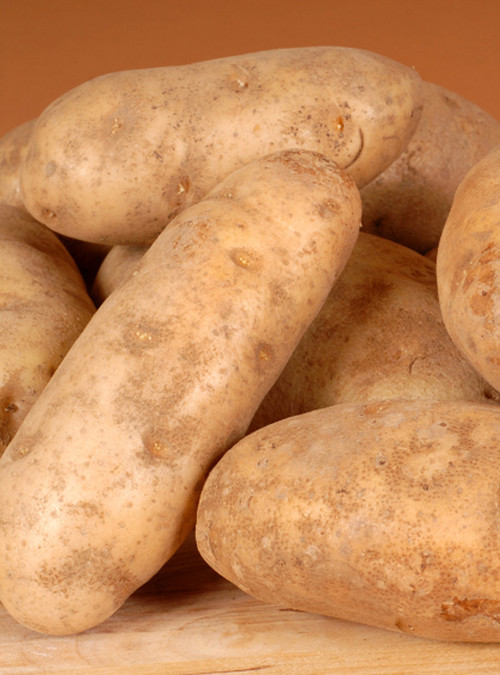
Tarte a la farlouche (Farlouche pie)
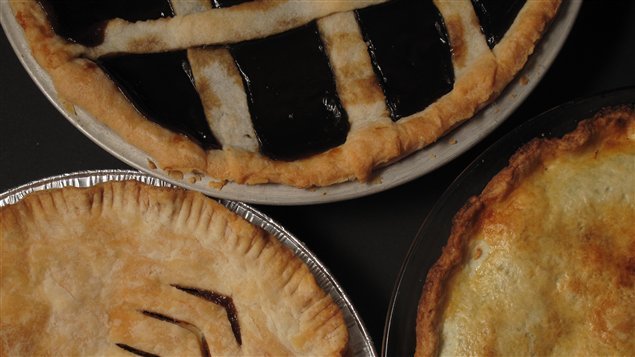
Tarte au sucre (Sugar pie)
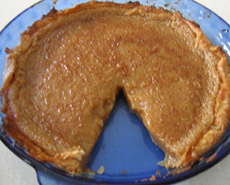
Sucre à la crème (Creamed sugar or Sugar & Cream… basically sugar fudge)
http://captmtl.tumblr.com/post/92568427981/sucre-à-la-crème-creamed-sugar-or-sugar
Pets de soeurs (Nun Farts)

Pouding au pain (bread pudding)
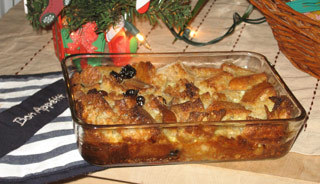
Pouding au riz (Rice pudding)
http://captmtl.tumblr.com/post/92566347471/pouding-au-riz-rice-pudding-ingredients-½-cup
Grand Père au sirop d’érable (Maple syrup “Grandfathers”)
http://captmtl.tumblr.com/post/92565800741/grand-père-au-sirop-dérable-maple-syrup
Pouding Chômeur de Martin Picard (Martin Picard unemployed pouding, adapted from book)
http://captmtl.tumblr.com/post/92564996221/pouding-chômeur-de-martin-picard-martin-picard
Pouding Chômeur (Unemployed pouding)
http://captmtl.tumblr.com/post/92564401081/pouding-chômeur-unemployed-pouding-ingredients
Cipaille (also called Cipâte)
http://captmtl.tumblr.com/post/92563470161/cipaille-also-called-cipâte-ingredients-1-1-½
Paté au poulet (Chicken Pot Pie)
http://captmtl.tumblr.com/post/92562029391/paté-au-poulet-chicken-pot
Pain de viande (Meatloaf)
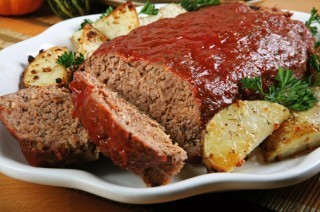
Ketchup maison de Martin Picard (Martin Picard home made ketchup)
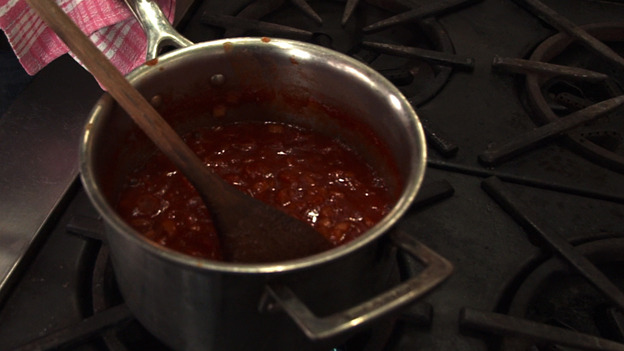
Fève au lard de Martin Picard (Martin Picard baked beans)
http://captmtl.tumblr.com/post/92558772646/fève-au-lard-de-martin-picard-martin-picard-baked
Jambon à l’érable et à l’ananas (Pineapple and maple syrup ham)
http://captmtl.tumblr.com/post/92558267071/jambon-à-lérable-et-à-lananas-pineapple-and
Ragoût de pattes de cochon (Pork Trotters stew)
http://captmtl.tumblr.com/post/92557685806/ragoût-de-pattes-de-cochon-pork-trotters
Ragout de boulettes de Martin Picard (Martin Picard meatball stew)
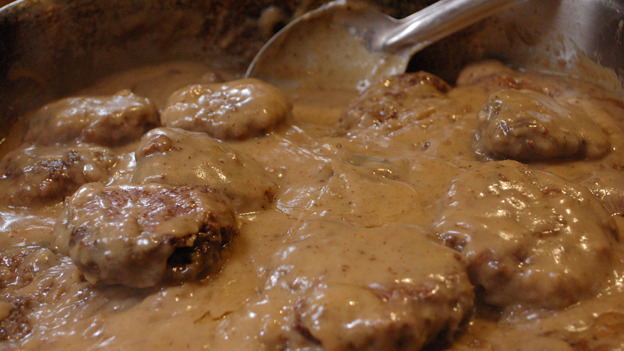
Ragout de boulettes (meatball stew)

Pâté Chinois de Martin Picard (Quebecois Sheperd’s pie, Martin Picard version)
http://captmtl.tumblr.com/post/92553011526/p%C3%A2t%C3%A9-chinois-de-martin-picard-quebecois-sheperds
Pâté Chinois (Quebecois Sheperd’s pie)
http://captmtl.tumblr.com/post/92551344996/pâté-chinois-quebecois-sheperds
Tourtière (meat pie… one variation amongst thousands)
http://captmtl.tumblr.com/post/92248955226/tourtière-one-variation-amongst
Martin Picard Quebec Creton

Martin Picard Foie Gras Pea Soup
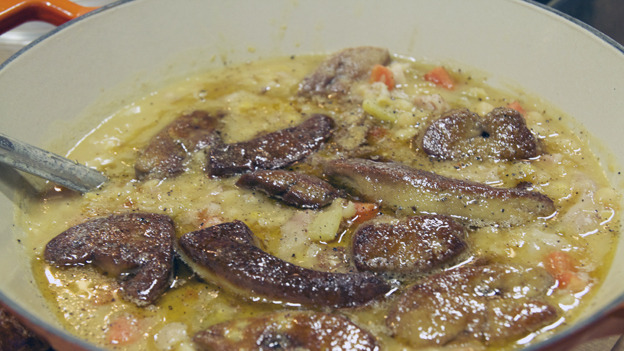
Traditional Quebec Pea Soup


